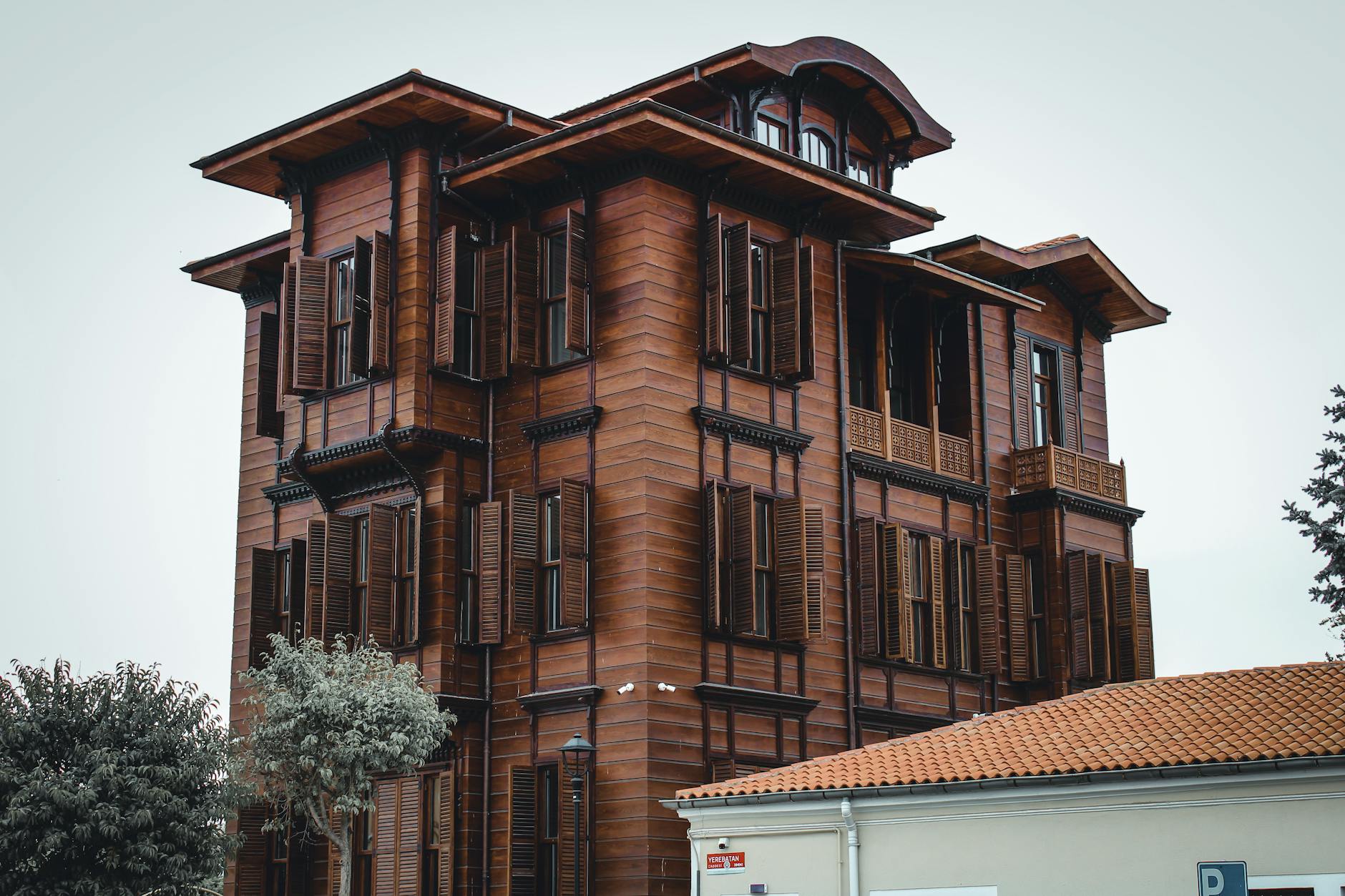Why Isn’t Savarkar Sadan a Heritage Site Like Jinnah House? Let’s Talk About It
You know how some places just feel important? Like they’ve got stories whispering from their walls? That’s what heritage sites do—they keep history alive. But here’s the thing: not all of them get the same love. Take Jinnah House in Mumbai—it’s got that fancy protected status. Meanwhile, Savarkar Sadan, where freedom fighter Veer Savarkar lived, kinda gets ignored. Why? Well, it’s messy. History, politics, and let’s be honest, some selective memory.
1. Jinnah House: Why All the Fuss?
1.1 The Backstory
So, Jinnah House sits in Mumbai’s posh Malabar Hill—big, beautiful, designed by some British architect back in 1936. It belonged to Muhammad Ali Jinnah, the guy who basically started Pakistan. And yeah, it saw some heavy stuff during Partition. Think late-night deals, tense conversations—the kind of place where history wasn’t just made, it was haggled over.
1.2 Why India Keeps It Around
Here’s the kicker: even though it’s tied to Pakistan’s creation, India declared it a protected heritage site in 2009. There’s been some back-and-forth about who owns it, but between the architecture and diplomatic vibes, it’s stayed put. Funny how that works, right?
2. Savarkar: Hero or Villain? (Depends Who You Ask)
2.1 The Freedom Fighter Side
Vinayak Damodar Savarkar—revolutionary, poet, big brain. Came up with the whole “Hindutva” idea. Fought the British tooth and nail, mostly through his writing. Dude was intense.
2.2 The Controversy Bit
But here’s where it gets sticky. Some folks link him to Gandhi’s assassination (he got acquitted, but the stain stuck). And his ideas? Let’s just say he and Gandhi weren’t exactly pen pals. So now you’ve got people calling him a patriot, others saying he was way too extreme. Classic case of “depends which WhatsApp group you’re in.”
3. Savarkar Sadan: Why No Love?
3.1 What’s There
Savarkar Sadan in Mumbai is where he spent his later years. Not fancy—just a house with his stuff, his writings. But that’s the point, isn’t it? It’s like a time capsule of his mind. And yet…
3.2 The Political Elephant in the Room
No heritage tag. Why? Politics. Plain and simple. Some think recognizing it would mean endorsing his ideology. Others argue history shouldn’t get a political litmus test. Honestly? Feels like we’re missing the forest for the trees here.
4. Jinnah vs. Savarkar: The Weird Double Standard
4.1 Same Same, But Different
Both places? Tied to controversial bigwigs. Both matter to India’s story. But only one gets the red carpet treatment.
4.2 Why the Difference?
Here’s my take: Jinnah House is seen as a diplomatic must-have—like keeping an ex’s letters just in case. Savarkar Sadan? Stuck in today’s culture wars. Not fair, but since when was history fair?
5. The Real Question: Are We Picking History?
5.1 Convenient Memory
Let me put it this way—are we only saving the bits of history that don’t make us squirm? Because ignoring Savarkar Sadan sure feels like we’re airbrushing the past.
5.2 What People Are Saying
Supporters want recognition for Savarkar’s work. Critics worry it’ll fuel the right-wing crowd. And honestly? Both sides have a point. But that’s exactly why we should preserve it—history isn’t a highlight reel.
6. So What Now?
6.1 How to Fix This
We’d need petitions, historians to vouch for it, maybe some cross-party support. And hey, public pressure works wonders—remember how everyone suddenly cared about that old tree last year?
6.2 Can We Separate Past from Present?
Bigger question: can we look at history without our 2024 glasses on? Because if we only save the comfortable bits, future generations will get half the story. And that’s just lazy.
Bottom Line
The Jinnah House vs. Savarkar Sadan thing? It’s not about buildings. It’s about what we choose to remember—and what we’re okay forgetting. Politics will always play dirty, but history deserves better. So yeah, maybe it’s time we gave Savarkar’s place a second look. After all, you don’t have to agree with someone to learn from them.
Source: News18 Hindi – Nation










